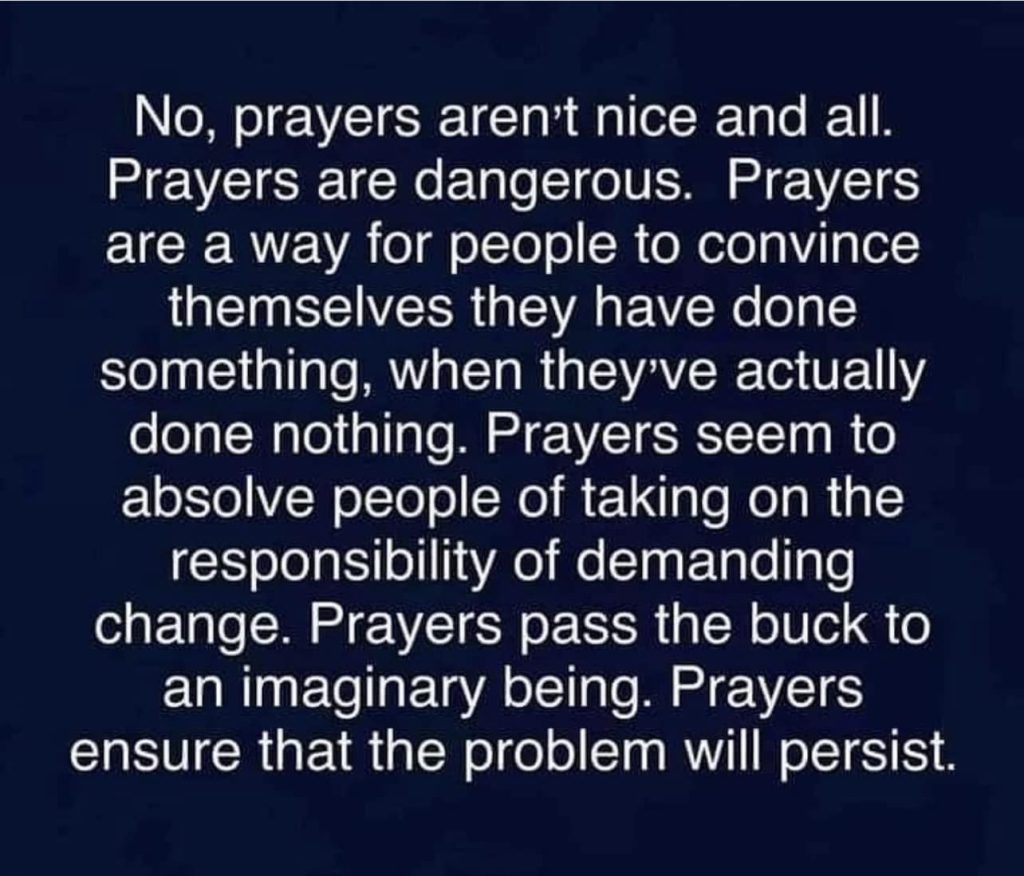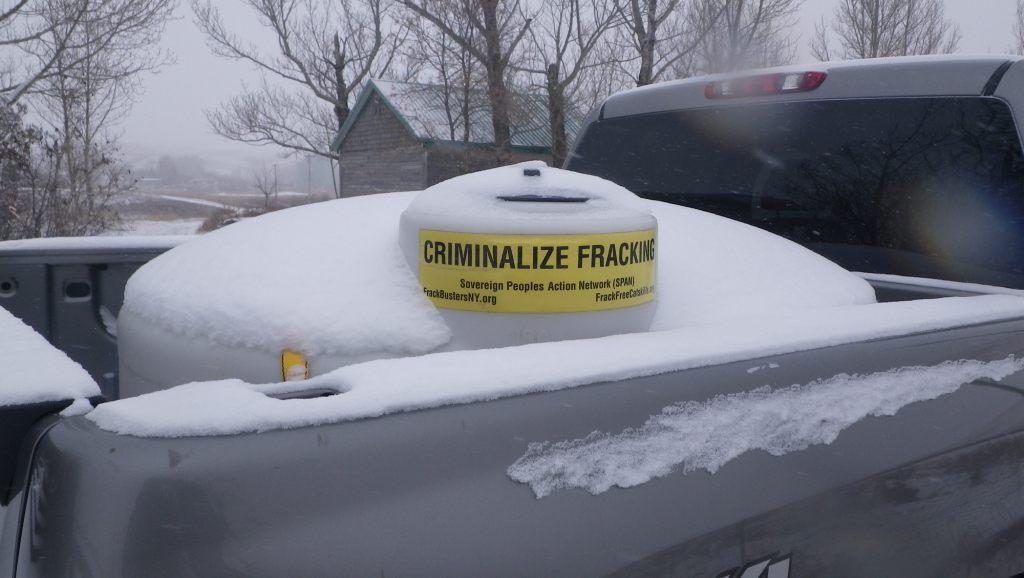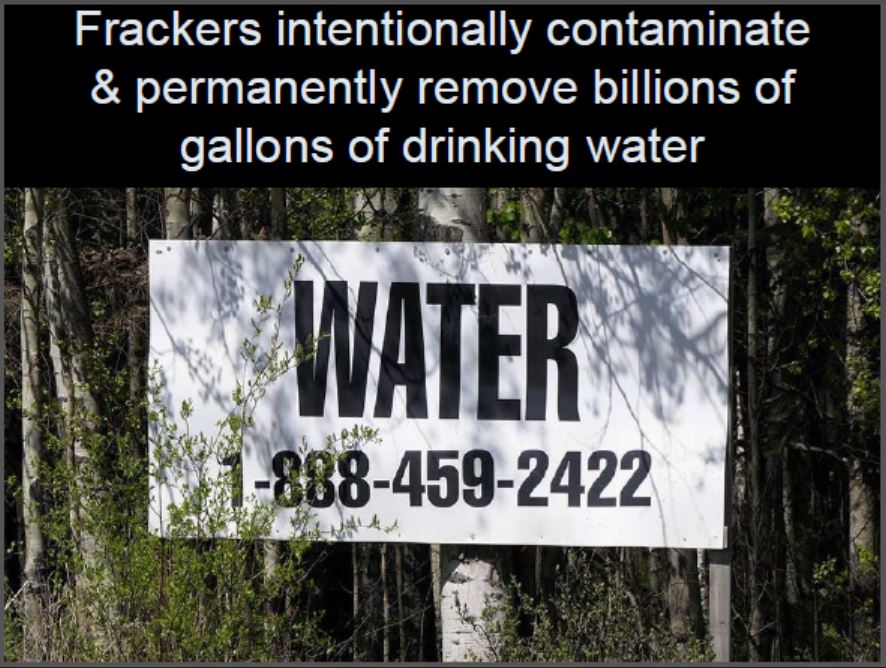Four Big Oil Companies Used 200 Billion Litres of Alberta’s Freshwater Last Year Press Release by Alberta Wilderness Association, Dec 19, 2023
According to a new report published by the Alberta Energy Regulator (AER), oil![]() tar
tar![]() sands companies used more than 200 billion litres of freshwater in 2022 alone. That’s nearly 220 Olympic-sized swimming pools of freshwater every single day in 2022. Or enough to drain Calgary’s Glenmore Reservoir roughly 11 times.
sands companies used more than 200 billion litres of freshwater in 2022 alone. That’s nearly 220 Olympic-sized swimming pools of freshwater every single day in 2022. Or enough to drain Calgary’s Glenmore Reservoir roughly 11 times.
The AER’s 2022 Alberta Energy Industry Water Use Performance Report doesn’t explicitly highlight freshwater consumption, as the data is hidden in the details, whether intentionally or not. It states that “In 2022, almost 1043 million cubic metres (m3) of water was used” and that “Of the total water used, 80% was recycled, and the rest was make-up water from nonsaline sources.”
Make-up water is used in bitumen extraction and processing when companies need more water than can be recycled from tailings and storage ponds, according to the AER. The primary source of make-up water for oil![]() tar
tar![]() sands mining comes from the Athabasca River, with some coming from groundwater and/or surface runoff.
sands mining comes from the Athabasca River, with some coming from groundwater and/or surface runoff.
While we appreciate that 80 percent of the total water consumption came from recycled sources, the 20 percent that comes from freshwater sources is no insignificant amount. It represents over 200 billion litres of Alberta’s freshwater supply going to only eight projects owned by just four companies.
The AER’s report seems to boast that the oil![]() tar
tar![]() sands industry only used “about 25% of their nonsaline water allocation in 2022” but given much of western Canada is in a water crisis, it’s concerning that
sands industry only used “about 25% of their nonsaline water allocation in 2022” but given much of western Canada is in a water crisis, it’s concerning that oil![]() tar
tar![]() sands companies are permitted to withdraw even more than they already do. It’s predicted we will face worsening and more frequent droughts due to climate change, which is primarily driven by emissions from the production and combustion of fossil fuels.
sands companies are permitted to withdraw even more than they already do. It’s predicted we will face worsening and more frequent droughts due to climate change, which is primarily driven by emissions from the production and combustion of fossil fuels.
“200 billion litres of water is more than the City of Calgary withdrew from the Bow and Elbow Rivers in 2020, just for the benefit of four fossil fuel companies,” says Phillip Meintzer, Conservation Specialist with AWA. “Fossil fuel emissions are driving the climate changes which make drought conditions more likely. Our freshwater is being used to perpetuate harm.”
According to recent data, the Government of Canada has classified 72 percent of Canada as abnormally dry, or under moderate to exceptional drought conditions, with the number even higher in the Prairie region at 97 percent. A December 2023 Agricultural Moisture Situation Update from the Government of Alberta noted that precipitation since Nov. 1 has been well below average for most of the province with some regions experiencing 50-year lows. As of Dec. 15, the province still has 51 water shortage advisories in place.
The Alberta government’s 2024 Drought and Risk Management presentation further emphasizes these drought concerns, stating that the Milk, Oldman, South Saskatchewan, Bow, Red Deer, and North Saskatchewan River basins are all considered to be experiencing critical water shortages, as well as tributaries to the Peace, Athabasca, and Hay Rivers. This same presentation states that “Without significant precipitation, spring water levels are expected to be dire.” The provincial government’s approach is to convene large water licensees and to “Plan for extreme drought, [but] hope for snow and rain.”
It seems that Alberta’s approach to drought management amounts to empty hopes and prayers, with little mention of any actions to keep water in the rivers and streams that Albertans and our ecosystems depend on.

In Alberta’s Minister of Environment and Protected Areas (EPA) Rebecca Schulz’s Op-Ed titled Taking Action on Drought in Alberta on Dec. 13, 2023 in the newspaper Lethbridge News Now, she mentions Alberta’s five stages in its water management plan. They range from a minor drought (Stage 1) to a province-wide emergency (Stage 5), and Alberta is currently operating from Stage 4. Stage 5 gives the province additional legislative powers to suspend nonessential water use and prioritize where it is allocated to maintain the health and safety of humans and aquatic environments.
Representatives from Environment and Protected Areas recently stated that there are no specific thresholds or triggers for declaring Stage 5, but that they will know it’s necessary when they are unable to work within their existing framework. Given the precarious state currently facing Alberta’s watersheds, it’s hard to understand why we aren’t already in Stage 5 and treating this crisis with the urgency required.
“We are concerned that the province does not have explicit triggers for declaring an emergency. Alberta seems content with a reactionary strategy rather than pursuing proactive solutions,” says AWA Conservation Specialist Kennedy Halvorson.
Minister Schulz finishes her article by stating:
“We cannot make it rain or snow, but all of us have a role to play. Conserving water can help your community, as well as Albertans downstream from you. In the coming months, we will all have to pull together to secure our province’s water supply. It is a challenge that I am confident Albertans will meet.”![]() Criminalizing frac’ing would solve the problem. But UCP/Take Back Alberta into the Cave Evangelical Group are opposed to truth, science, safe drinking water and the environment, and will blame water loss on ordinary Albertans instead of on frac’ers like criminal Encana/Ovintiv.
Criminalizing frac’ing would solve the problem. But UCP/Take Back Alberta into the Cave Evangelical Group are opposed to truth, science, safe drinking water and the environment, and will blame water loss on ordinary Albertans instead of on frac’ers like criminal Encana/Ovintiv.![]()

And while yes, it’s important that all of us pull together to conserve Alberta’s water supply, Minister Schulz’s statement seems to intentionally obscure (or even exonerate) those who take a disproportionate share from our rivers — such as the oil![]() tar
tar![]() sands industry — by making it seem like we are all equally to blame for the situation we find ourselves in. Her statements individualize what’s actually a systemic issue with how water is managed (or not managed) in our province.
sands industry — by making it seem like we are all equally to blame for the situation we find ourselves in. Her statements individualize what’s actually a systemic issue with how water is managed (or not managed) in our province.
A news story in the Globe and Mail from Dec. 15 noted that the AER has warned fossil fuel companies that their access to water may be restricted in 2024 due to these ongoing drought conditions.
While we applaud the AER for issuing this warning, ![]() AER is not deserving of any applause for anything. This warning is typical AER propaganda, to con the public and NGOs into believing AER is doing its job. It’s not. If it were, it would disallow any more frac’ing in Alberta – dried up fracville.
AER is not deserving of any applause for anything. This warning is typical AER propaganda, to con the public and NGOs into believing AER is doing its job. It’s not. If it were, it would disallow any more frac’ing in Alberta – dried up fracville.![]() AWA strongly believes that meaningful on-the-ground action is needed immediately to respond to these prolonged water shortages. Part of this response should be declaring a province-wide (Stage 5) emergency and implementing hard caps on water withdrawals — especially for those with the largest allocations (i.e., industry) — to ensure that enough water remains in streams for the maintenance of healthy aquatic ecosystems and to meet basic human consumption needs.
AWA strongly believes that meaningful on-the-ground action is needed immediately to respond to these prolonged water shortages. Part of this response should be declaring a province-wide (Stage 5) emergency and implementing hard caps on water withdrawals — especially for those with the largest allocations (i.e., industry) — to ensure that enough water remains in streams for the maintenance of healthy aquatic ecosystems and to meet basic human consumption needs.![]() What about water for me? I still don’t have safe unfrac’d water.
What about water for me? I still don’t have safe unfrac’d water.![]()
For more information, please contact:
Phillip Meintzer, AWA Conservation Specialist
(403) 771-1647
email hidden; JavaScript is required
Kennedy Halvorson, AWA Conservation Specialist
(403) 283-2025
email hidden; JavaScript is required
![]()
Refer also to:
A proportion (25% to 100%) of the water used in hydraulic fracturing is not recovered, and consequently this water is lost permanently to re-use, which differs from some other water uses in which water can be recovered and processed for re-use.

Slide from Ernst presentations
2015: Fracing the Bow River: “The most important resource in the province, and the rarest, is water” Then why let “No duty of care,” legally immune, led by Ex-Encana VP, Charter violating AER permit multinationals to frac it? ![]() This post includes galling photos of water rape by frac’ers in a water scarce province
This post includes galling photos of water rape by frac’ers in a water scarce province![]()
